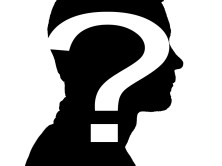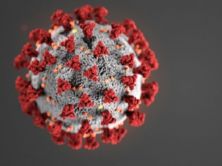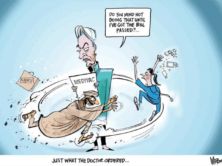The AFP has started using special photo software to check third-party photos for doctoring. (Credit: AFP)
In a press release posted on Editor & Publisher, foreign wire service Agence France-Presse (AFP) announced that it would start using Tungstene software to check if “third-party” photos have been altered. The software has been supplied to AFP’s “regional editorial centres in Washington, Paris and Hong Kong.”
The announcement comes in light of this week’s viral Photoshopped image labeled as Osama bin Laden’s death photo. The photo turned out to be a fake that has been making the rounds of news outlets and social media since 2009.
iMediaEthics asked Agence France-Press for more information about the new software. AFP’s photo editor-in-chief, Mladen Antonov responded via e-mail.
AFP receives an “increased amount” of pictures from social media, individuals and other sources, which creates the need to verify photos are what they seem, Antonov explained.
“There are still parts of the world where journalists are not allowed to witness the events happening and we relay on hand-out images given often from the same regimes that close the doors for the independent press. In such cases all images are passing special tests.”
While AFP has been using various photo softwares for years and now Tungstene, Andonov noted the first line of defense is the human eye.
“It could sound old fashioned, but despite the sophisticated tools available in AFP we still trust the instincts and the eyes of our highly professional picture editors to discover different photo manipulations. In most of the cases the specialised software just confirms their suspicions.”
Antonov explained that AFP started using “specialised software” as a pre-emptive measure to verify photos after some high-profile doctored photos made the rounds. According to AFP’s press release, it’s the “only global news agency to use Tungstene.”
“The several algorithms incorporated in this software are allowing us to detect ‘photoshop’ changes in dimensions never seen before,” Antonov wrote to StinkyJournalism. The software makes it possible for users to “identify tell-tale discrepancies in pixels and analyse harmonisation of light and color,” AFP’s press release noted.
AFP’s press release added that AFP has also created “a specialist unit within its photo department to trace edits and manipulations in suspect photos.”





